
Reading Time: 14mins Approximately
If you are reading this article, there is a good chance you are exploring what is Yoga all about and whether Yoga is the proper practice for you.
A yoga class is not only about stretching and deep breaths but also about cultivating a lifestyle that promotes peace and harmony all around and within you.
Yoga is part of an ancient Hindu culture that has widespread influence in modern society today. While practising, we heal and reintegrate all the processes involved in our day-to-day living to become more mindful, conscious and blissful.
Today we explore several parts of Yoga Practice To Help you get acquainted with this ancient system of self-care and wellness.
Content
Introduction
When we hear the word Yoga, a picture of someone with their hands and legs intertwined in a peculiar position often comes to mind.
However, that’s not all that Yoga is.
There are many approaches to Yoga out there.
Each approach serves a unique purpose, yet each have one goal in common. Most types of Yoga stress the importance of you having a sense of physical awareness, muscular control (otherwise known as engagement), mental concentration and meditation.
Let’s look at what Yoga is and the benefits of practising it.
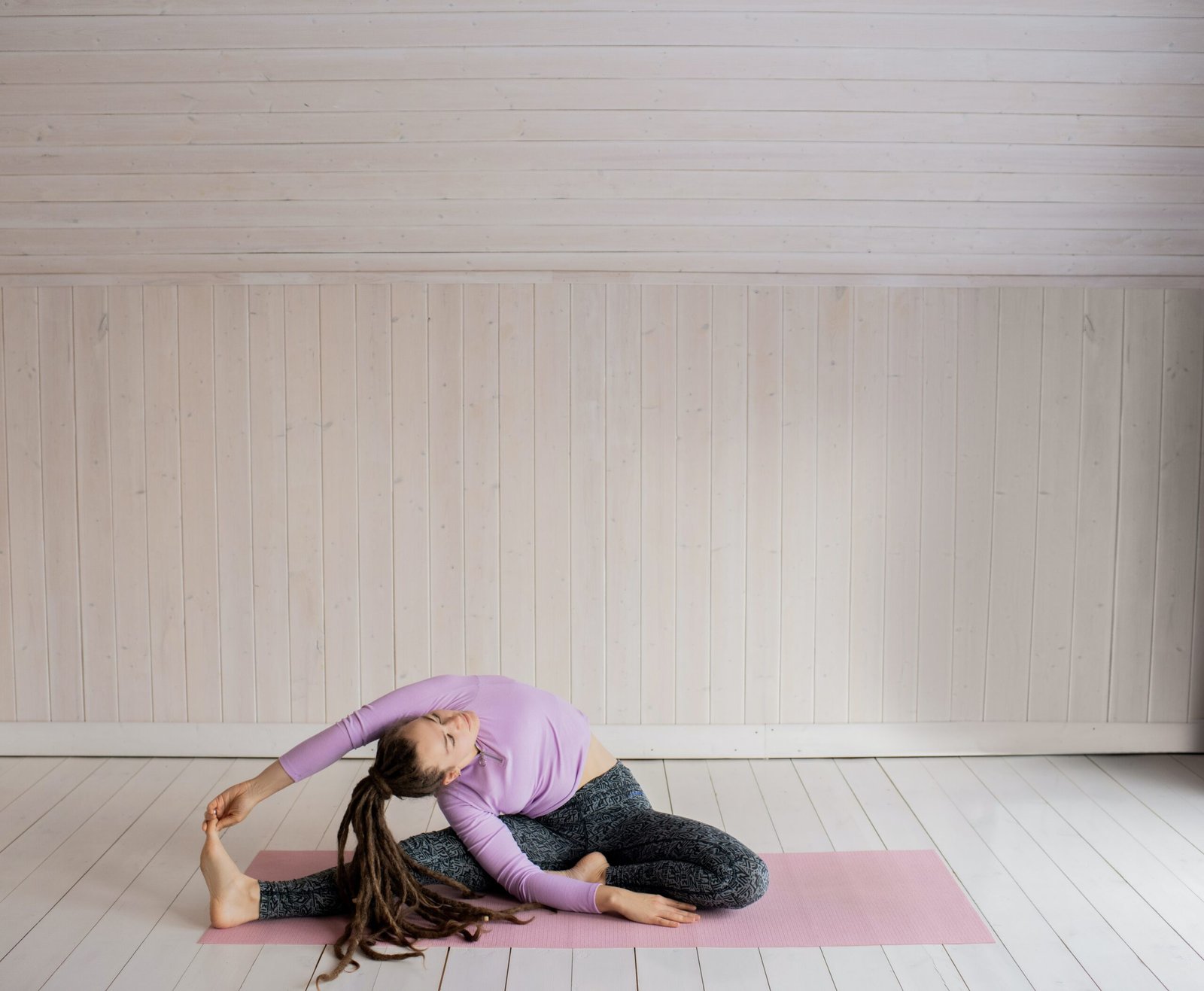
What is Yoga?
When discussing Yoga, we need to understand what is meant by “yoga.”
Yoga is a Sanskrit derivative word “Yuj”, which means union.
So, when we say Yoga, we’re talking about union with our body, mind and surrounding nature and environment.
Yoga is a body of ancient religious practices where origins dwell in India.
Yoga is also one of the six institutions of Hindu Philosophy.
The other five schools of philosophy are Nyaya, Vaisheshika, Samkhya, Mimamsa and Vedanta.
There are four primary paths of this primordial spiritual practice, namely Karma (action), Jnana (knowledge), Bhakti (devotion) and Raja (meditation).
Karma Yoga follows the teachings of the holy book of Hinduism, Bhagavad Gita, which summarises the process of human life and work.
This classification of Yoga concentrates on the proper observance of one’s responsibility yet not expecting a reward in return.
The process of practising Karma Yoga considers that a person can only reach salvation through doing duties without looking into one’s pleasure for the delight or rewards from whom they thought supreme.
Jnana Yoga is known as the path of knowledge.
Vedanta deems that Jnana Yoga is seeking to recognise Brahman (the ultimate reality). Brahman is the transcendent reality or wisdom of the spiritual foundation of everything in this universe, as truth, knowledge and infinity.
The process of seeking Jnana has four divisions, and they are Viveka (discrimination), Vairagya (dispassion), Shad-Sampat (control) and Mumushutva (longing).
Bhakti Yoga is the process to be the most straightforward kind of path to arriving at the point of moksha (liberation).
This classification of Yoga dwells in fostering dedication and devotion to the divine.
In Bhagavata Purana, another holy book of Hinduism, this ancient spiritual custom is a state of bliss that transcends the level of realization.
Bhakti implies a certain kind of love towards divinity as a holistic individual integrating several universal principles.
Raja Yoga is the practice of Yoga in physical movements.
Raja Yoga has eight facets; a practitioner must focus on Yama, Niyama, Asana, Pranayama, Pratyahara, Dharana, Dhyana, and Samadhi.
Raja Yoga represents “the royal path” to bliss and enlightenment.
This classification of Yoga is principally concerned with nurturing the mind to acquaint oneself with honesty and liberty.
In essence, you can equate this form of physical and mental practice as a path to attain a state of inner peace and self-awareness.
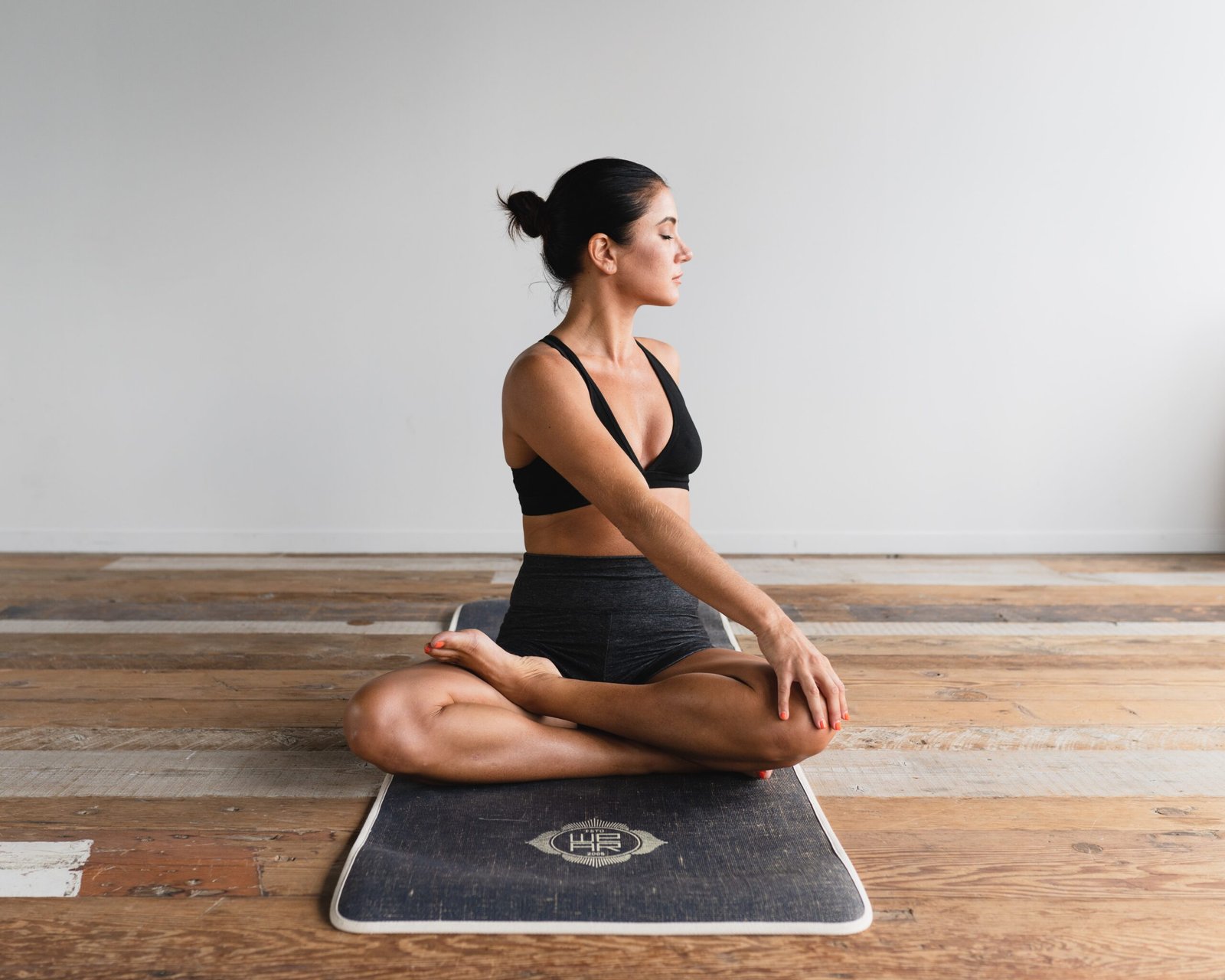
How Can Yoga Help You Heal?
There has also been a considerable quantity of research on heart patients and Yoga, most notably by Dr Dean Ornish. a medical doctor, President of the Preventive Medicine Research Institute in the USA, and an accomplished author.
Ornish recommends Yoga practice to recover from heart attacks and avoid future heart-related problems.
Recently there have been reports that Yoga practice is very beneficial to people with conditions such as Multiple Sclerosis.
It is said the practice assists with balance and muscle toning.
(Read Book: Yoga and Multiple Sclerosis: A Journey To Health and Healing).
A professional Yoga teacher can help you gently work muscle groups that require attention safely.
As it is a gentle form of exercise, Yoga uses minimal impact on your muscles while working them towards an intentional recovery.
It is thus a perfect way to strengthen your body long-term while serving its therapeutic purpose.
Dedication and persistence, practising Yoga regularly for people with nudging physical ailments or issues can help restore a healthy lifestyle and range of activities.
While we grow older, some may become weaker and less coordinated in their movements.
Yoga can help one age more appropriately by ensuring we are always in control of our body, breath and mind.
Some Yoga classes consist of a slightly maturer crowd who recognize the ongoing benefits it gives them.
Yoga can also be considered a strength-building discipline.
It allows a balanced development in the legs, arms and the lower abdominal region of the physical body.
Many take strength for granted until it fails.
So increasing your physical strength will benefit you with picking up heavy objects and assist you with everyday tasks such as climbing steps or gardening.
As a result of practice, Yoga can significantly increase your range of motion and strength, particularly in the joint and lower back regions.
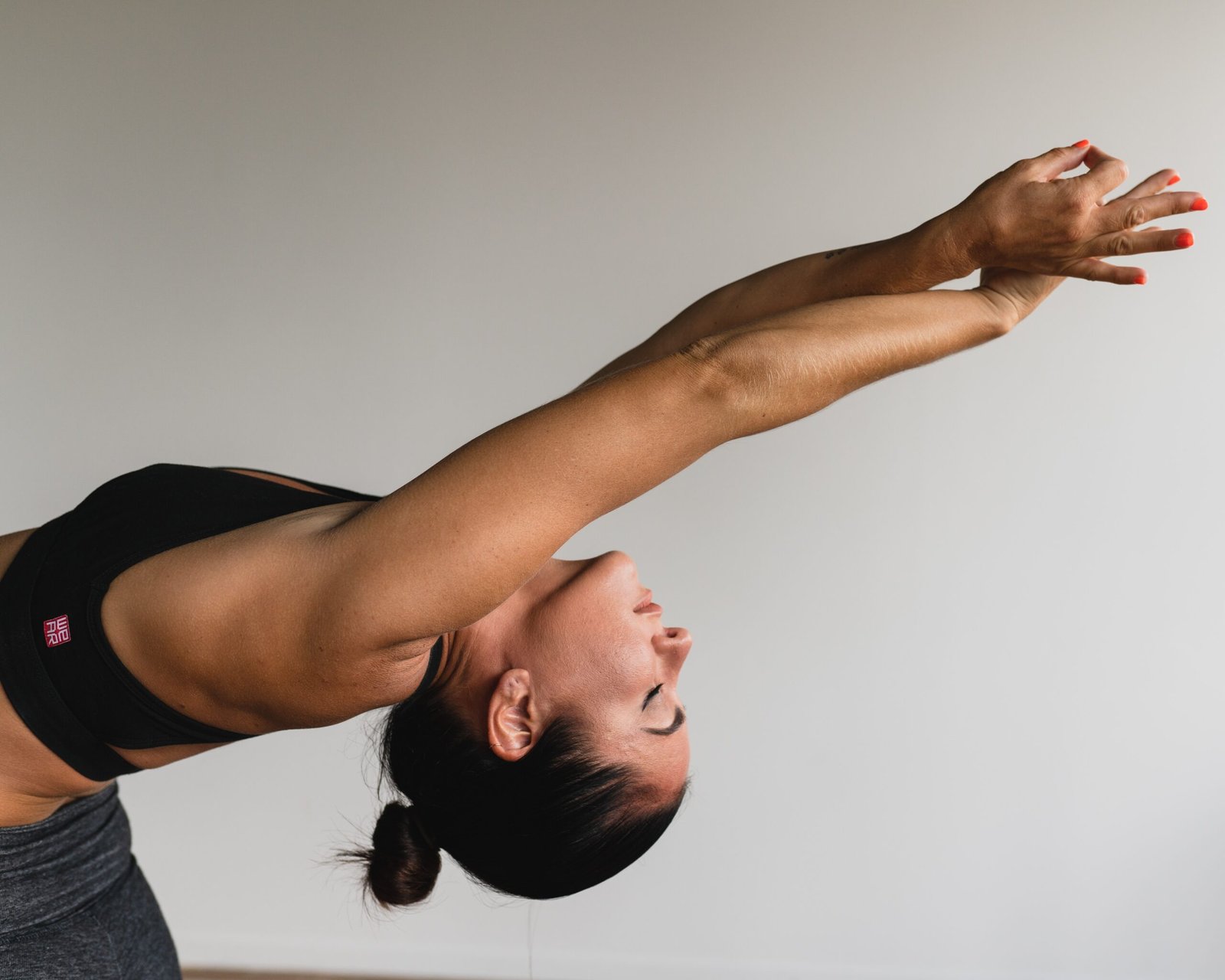
What Are The Common Benefits Of Yoga?
There are many different reasons people take yoga classes and practise them.
Some common reasons include:
- rejuvenation of your energy levels
- maintain and improve the current status of your health
- challenge yourself mentally or physically
- relaxation and stress relieve
- improve flexibility, mobility and strength
The superior benefit of you practising Yoga is that you will find who you are as a person and begin seeking the wisdom you deeply understand with more clarity.
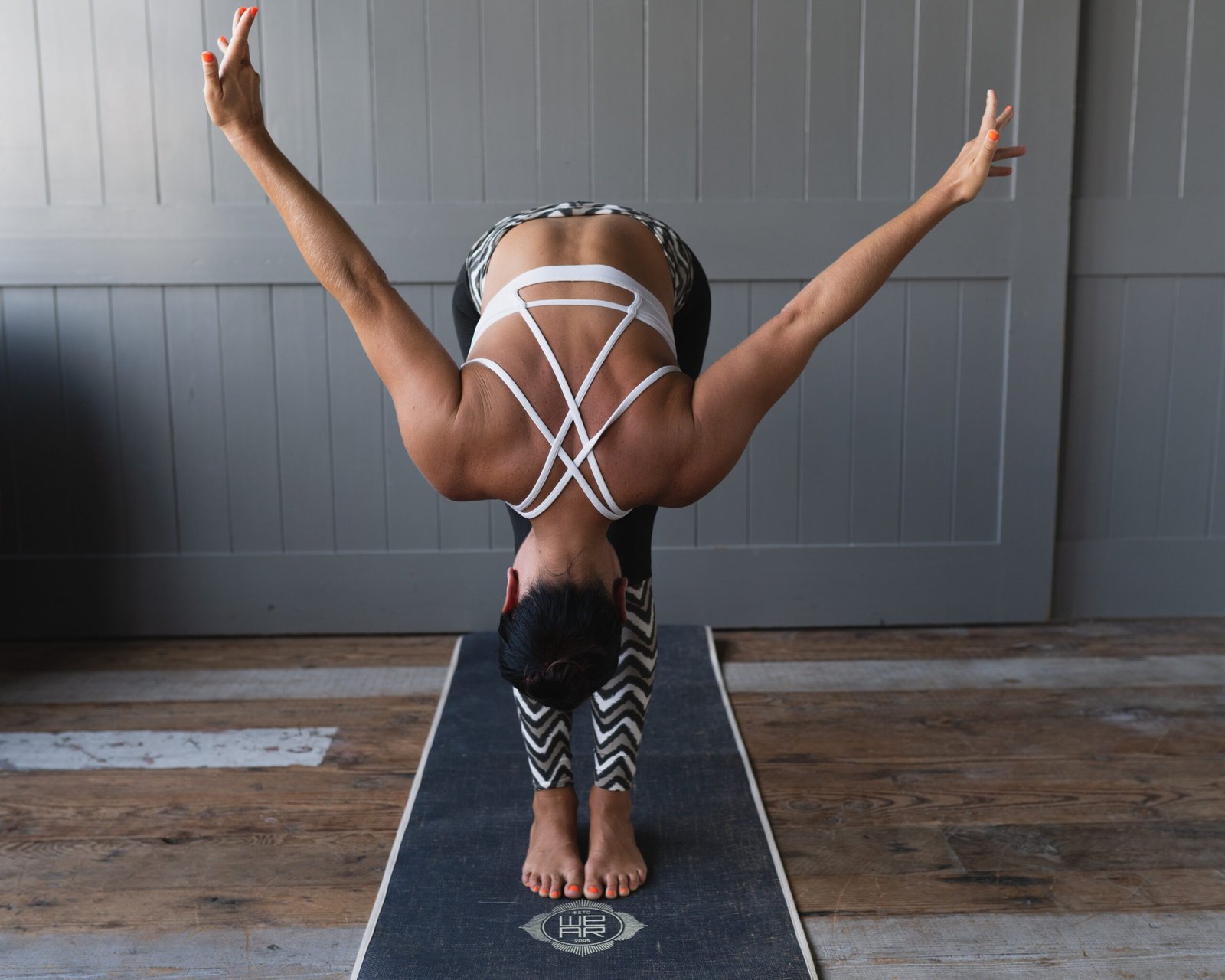
How Yoga Develops Your Mind With Breath Awareness?
Yoga helps develop your mind and sharpen your focus.
A teacher helps you perform each posture with razor focus and awareness of your breath and body.
Whenever you are doing a Yoga class, you must do it with an intense focus on the movement, body, breathing and movement.
Breathing is often something overlooked and practised wrong.
Many of us are accustomed to taking shorter or quicker breaths.
But with Yoga, we learn that breathing is often more in-depth and conscious.
Having deeper breaths can make our minds more focused and determined.
Many Yoga practitioners describe this calm as a sense of peace and well-being.
Deep breath work ensures the release of stress hormones and negative thoughts that spirals within our minds.
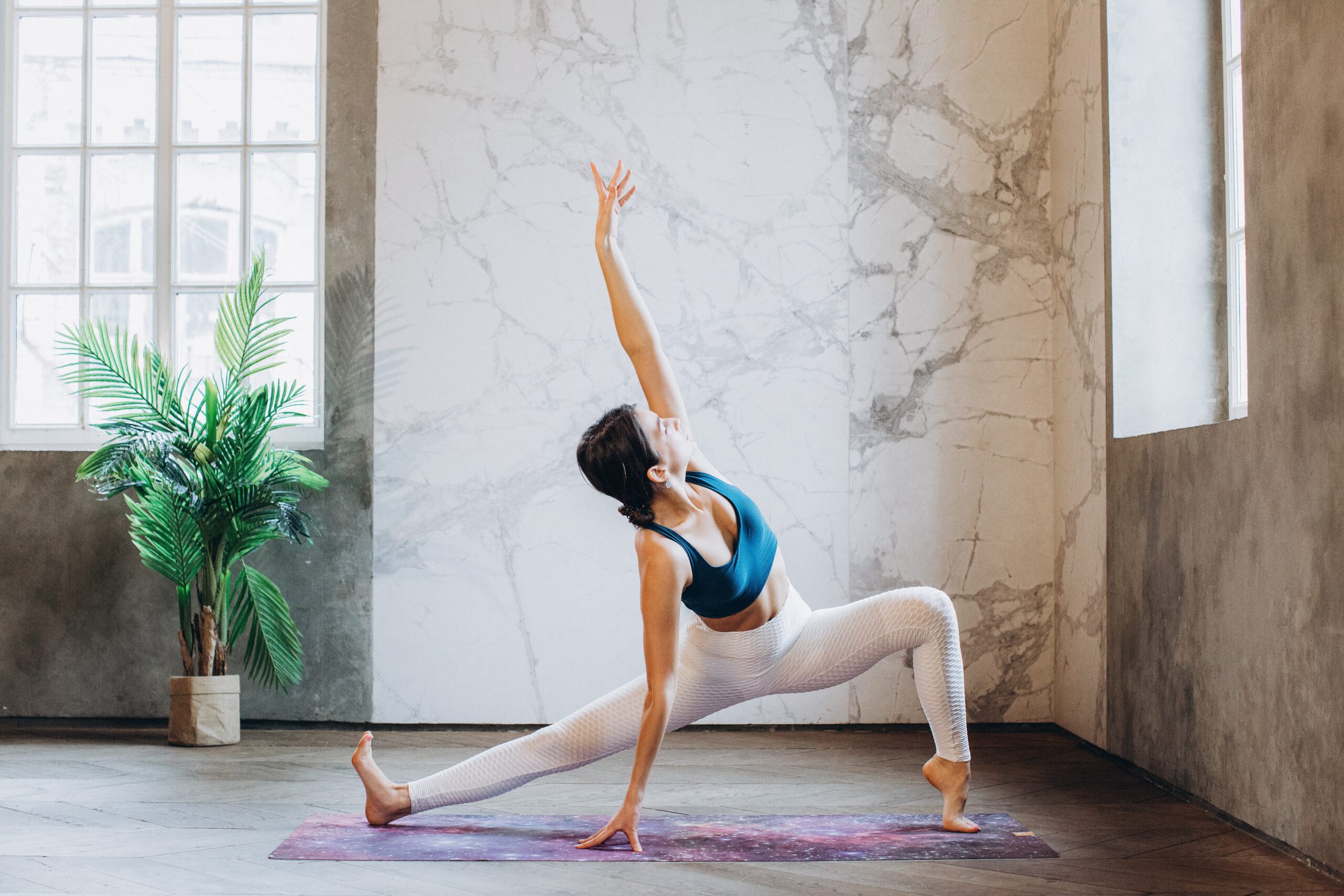
How To Start Practicing Yoga?
The best way to know whether Yoga is suits you is to try a beginner class, especially with a low-intensity movement routine.
Before booking a space in the class, it is always helpful to enquire with the yoga studio of your desire as to which style suits your fitness and health level.
Some studios include an introductory class package.
We recommend a trial yoga class pass or introductory sessions. Introductions are the best way to learn the basics of Yoga, the culture of the yoga studio and what it can do for your physical and mental health.
There are many different Yoga studios worldwide. It is essential to experiment with what suits you best before settling on a schooling style to advance at a pace relevant to your personality and goals.
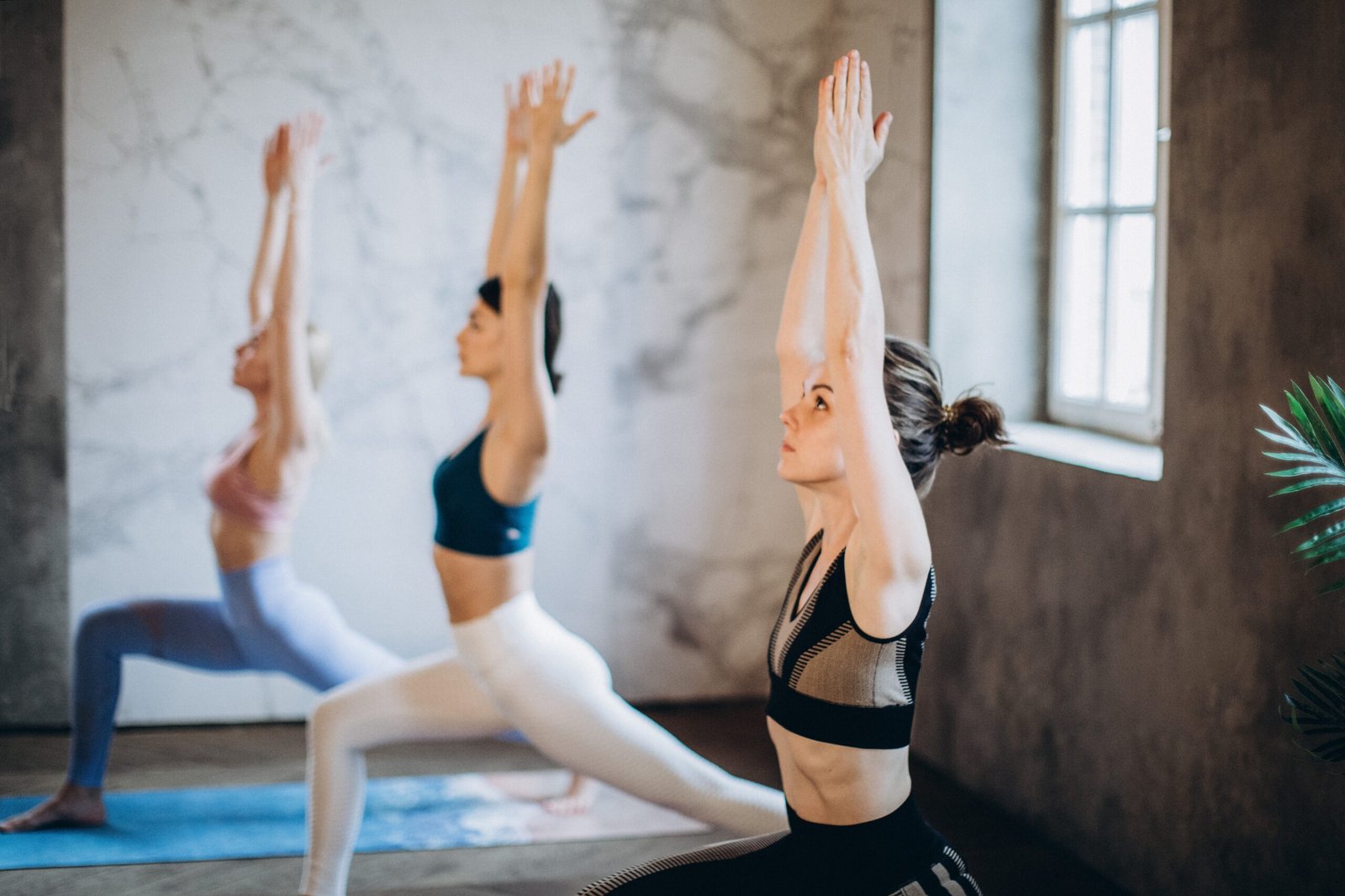
What are Yoga Asanas?
Yoga Asanas mean Yoga postures.
They are a series of postures or sequences that can vary in difficulty to perform.
However, most yoga asanas are not only executed simply by doing the posture.
There is a more profound sense of balancing that involves movement and breath.
Each one of the asanas reflects a certain kind of mental behaviour by the practitioner.
It is usually a behaviour of surrender and the act of performing a command.
And yoga asanas revitalise your organs, the spine, and the entire body’s muscles.
Different Yoga asanas / or postures have unique names.
The early yogis used animal names, like the cobra, cat, dog, cow and fish, to identify the postures.
A common explanation for these derivatives is that our early yogis have devised these postures while watching how the animals act in the wild.
For instance, the Yogis have found that some animals tend to stretch their muscles in several different postures when some animals are sick.
The human anatomical and physiological names have also been identifying markers to the names of some Yoga Asanas.
Our ancient yogis have created specific names by knowing exactly how the different postures might influence the functions of our human biology.
For example, the shoulder-stand posture can influence the blood flow to the thyroid gland.
Most asanas commonly follow certain principles of Yoga.
The first principle follows sequences or postures with gravity, weight and blood flow.
The second is associated with organ massaging. The other few are stretching ligaments and muscles for meditation, focus and deep breathwork.
This ancient practice’s fundamental aspect is continually growing our capacity for general well-being and self-care.

Types of Yoga
There are countless types of Yoga practices, and each one has its benefits depending on your wellness goals.
Let’s explore some common types of Yoga for beginners:
Ashtanga yoga focuses on connecting your body and mind through various poses, breathing techniques and meditation exercises.
An ancient practice that is constantly evolving, Ashtanga Yoga is one of the most well-known types of Yoga worldwide.
The method uses a set sequence of postures to create a well-rounded workout.
While practising Ashtanga yoga, you hold each pose for a specific time.
In Ashtanga yoga, you focus on Asana (postures), Pranayama (active breathing) and Drishti (gazing point).
The practise emphasizes the development of strength, flexibility and core stability while improving your focus and concentration.
Additionally, it can be customized to suit specific needs or goals.
While Ashtanga yoga can be intimidating for new practitioners, it is worth the challenge if you are seeking an intense and challenging workout.
Most ashtanga classes are instructional, and as a beginner, you can always listen to your teacher’s instruction and look around you for clues to follow during the course.
Beginners can begin to dwell on the focus of breathing and the realities of their current flexibility and strength.
Yin Yoga is a therapeutic movement that focuses on the connective tissues in your body, such as your joints and spine.
It is a form of deep relaxation which is beginner-friendly and allows you to lie down or sit in a reclined position while still practising Yoga.
It’s very calming and meditative in practice.
Yin yoga is ideal if you suffer from any pain that requires physical therapy, primarily if you work in office-bound environments. You might be prone to developing tight hips, shoulders and stiff necks.
Yin Yoga practice helps you release pent-up stress and tension in your muscles.
Vinyasa yoga is a more physical type of Yoga that involves synchronizing your breathing with your movements and poses.
Even though it has a more intense focus on your body, it’s still an excellent choice for beginners because it focuses on proper breathing and body alignment.
It is one of the more intense types of Yoga.
It is best for yogis who have been doing Yoga for a while. They must have built good flexibility and strength.
However, Vinyasa yoga is still an excellent choice for beginners because it allows you to flow through unique movements and Yoga poses.
Prenatal Yoga is a great way to stay active, maintain flexibility, and prepare your body for labour, delivery and postpartum recovery if you are a pregnant mum.
Starting after your first trimester, Prenatal Yoga can help you stay strong and flexible during pregnancy.
It can help you become more comfortable as your belly grows.
Breathing and relaxation techniques during prenatal Yoga can help prepare you for the stresses during labour.
Even as a beginner, Yoga can help you stay active throughout your pregnancy and can help to keep your weight gain within recommended levels.
Exercising can help prevent gestational diabetes, high blood pressure, and other issues during pregnancy.
Prenatal Yoga can be a great and simple way to stay active while also taking time to relax and unwind.
The design of prenatal yoga classes is specific to pregnant women in mind.
These classes are modified to accommodate women of all stages of pregnancy.
They will also consider any special needs you may have, such as extra support or modifications for comfort.
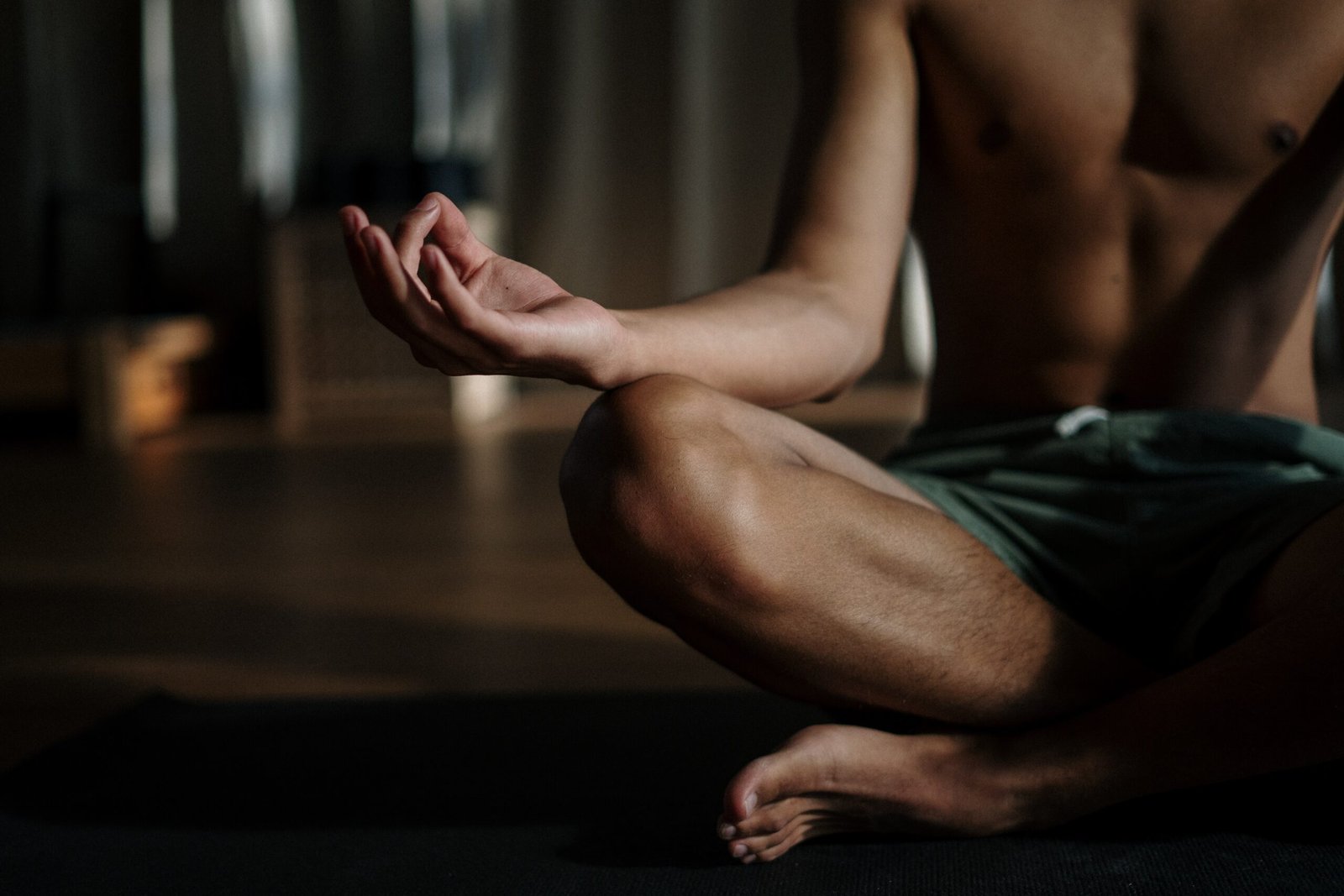
Conclusion
Yoga; dates back thousands of years and yogis have evolved a many styles to practice.
There is something for everyone, no matter your fitness level or goals.
If you’re interested in trying Yoga, the best thing you can do is to attend a beginner yoga class.
You can learn the basics of Yoga and what it can do for your mental and physical health there.
You can also decide which approach to Yoga you would like to pursue.
There are wide-ranging benefits of Yoga, and these can vary depending on the approach of Yoga you choose to take.
Today, Yoga is known worldwide as a path to attaining sound physical health.
It is widely known that Yoga helps with stress management, improves your breathing, and positively affects your mood and mental health.
Yoga also has many physical benefits, such as increasing your strength, flexibility and mobility, improving your posture, and aiding the recovery of joint and muscle pains.
Apart from their physical and therapeutic purposes, practising Yoga can also help you maintain weight and make your body more resistant to stress, anxiety and other common diseases.
About the author : Renuka Silvaraju
While finding answers to improving my state of being; I share stories and research articles for my community here. Follow me on this journey as I discover how to live a better, more fulfilling and purposeful life. As the co-founder and principal yoga instructor of music love yoga adding value to your mental and physical wellness has become my purpose.


